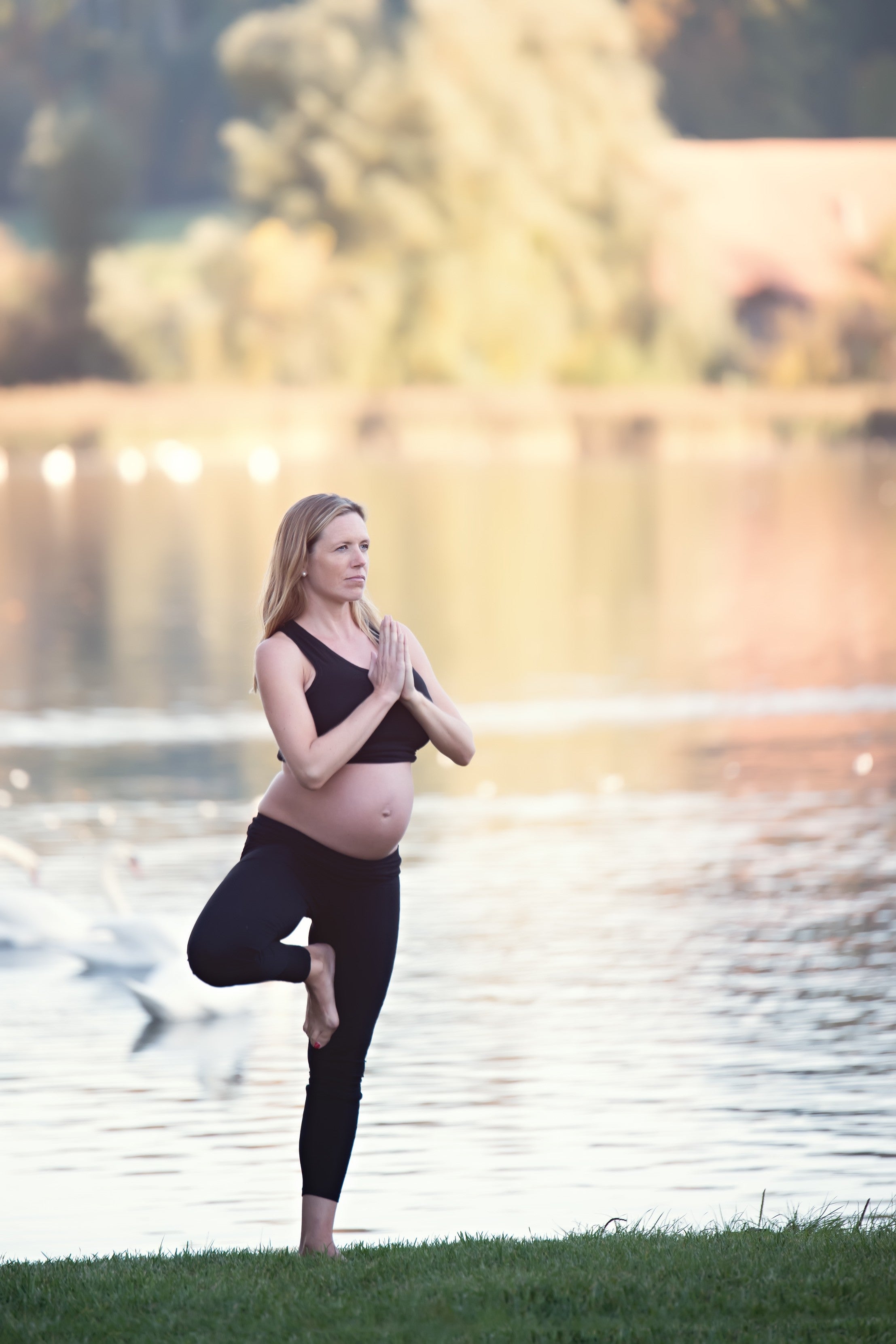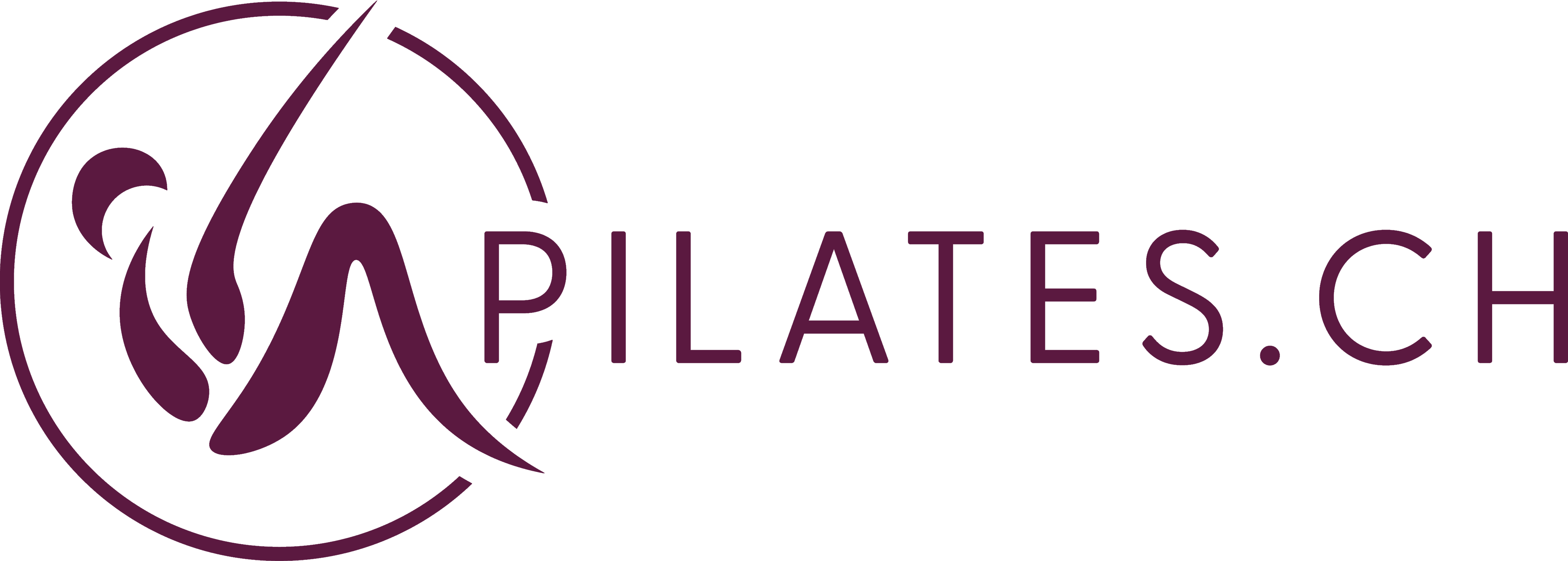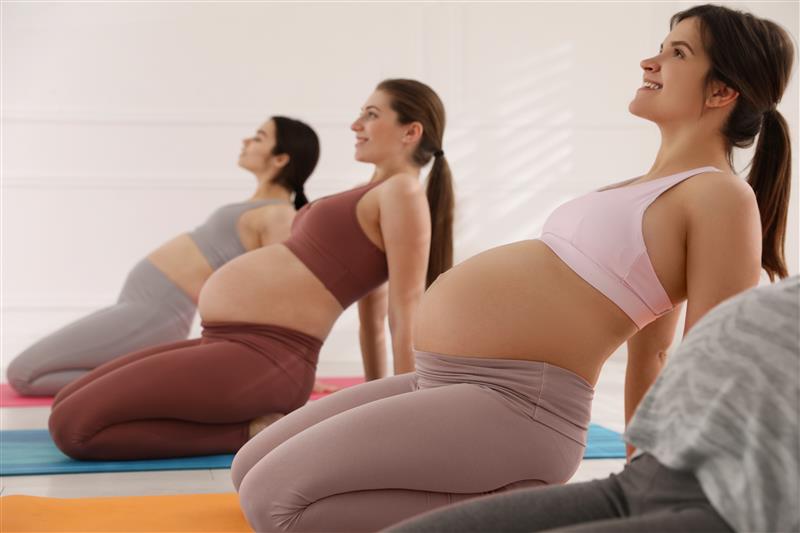Our fasciae do a real masterpiece during pregnancy. They give way, they stretch, they create space and at the same time they provide support, stability and strength. If you look in the mirror and look at your body and your growing belly, you will see what your fascia system has helped to create. And the fascial system is not only closely connected to us on a physical level, but also on an emotional level.
Fascia - more than just connective tissue
Fascia runs through our entire body like a three-dimensional network. They envelop muscles,
bones, organs, blood vessels and nerves, as if you were in a full-body suit that gives you shape and contour.
One image that comes to mind when imagining fascia is an orange: the white membranes that surround the fruit and divide it into slices are like the fascia in our body. Even the small juice chambers are surrounded by fine membranes - our fascia network is just as comprehensive and differentiated.
Fasciae have many functions: They provide shape and structure, transfer forces, store energy, ensure gliding ability, support our immune system and supply our tissue. They are also an important sensory organ for perception and movement - a constant mediator between body and emotion.
What pregnancy changes
During pregnancy, the architecture of the body changes: posture, statics and the body's center of gravity shift. Your fasciae accompany this process with their adaptability - but they are also put under great strain:
- The growing baby bump pulls forward and stretches the abdominal muscles.
- The fasciae of the abdominal wall become thinner and the linea alba loses tension.
- The back muscles and their fasciae need to hold more tension.
- Breathing becomes shallower as the baby takes up space.
- The pelvic floor is stressed more intensively.
Can you imagine how all these changes affect your whole body via your fascia network?
Stay centered
Especially during pregnancy, it is worth working on your inner and outer centeredness. Small everyday habits and conscious training can help to keep your fascia network in balance:
- An upright posture supports your inner resilience - from your feet to your head in line with gravity.
- Deep breathing mobilizes the chest, trains the diaphragm and pelvic floor and relaxes you.
- Active, dynamic training of the pelvic floor strengthens the ability to perceive, tense and let go.
- Mindful lifting in everyday life: exhale, activate the deep abdominal muscles as if you were hugging your baby from the inside.
Resilience for body and mind
The fascial network is elastic, resilient, stretchy, strong and at the same time tear-resistant - it is resilient. You can train this resilience during pregnancy so that movements remain supple, adhesions are released and your body remains adaptable.
A birth rarely follows a plan. But with physical and mental resilience, it is easier to find confidence and deal flexibly with change. Your fasciae are important allies here.
Fascia as a sensory organ
Did you know that fasciae are now even referred to as our sixth sense? They are rich in receptors and highly innervated, which makes them a highly sensitive organ of perception. Training is therefore not just about "what" we do, but also about "how" a movement feels.
Hormonal changes during pregnancy also make emotions more prominent. Fascia work can help to give space to these feelings instead of suppressing them. The baby is aware of many things - how beneficial it is if you allow yourself to let go and develop trust at the same time.

Conclusion
Fascia accompanies you through your pregnancy like a finely woven net that simultaneously supports you
and allows you to remain flexible. You can support their qualities with conscious movement, breathing and training: suppleness, elasticity and resilience.
This not only prepares your body for birth and postnatal recovery, but also strengthens your confidence in yourself. Your fascia system gives you stability and flexibility and accompanies you on all levels during this special time.
With targeted training, as developed in the FAMO Fascia Movement Method by art of motion, the quality of movement, stability and ease of movement can be wonderfully promoted in advance.
Especially in the time before and after pregnancy, it is particularly valuable if the pelvic floor and core are not considered in isolation, but as part of a functional, fascial networked system. This provides your body with optimal support - for a healthy recovery, more energy in everyday life and a strong body feeling.
Your fascia system is with you every moment of your life and it is worth paying attention to it.
You can find out more about this in the next part: "Fascia in postnatal recovery"
Inspiration & methods:
- FAMO Fascia Movement, art of motion - Karin Gurtner
- Muriel Morwitzer, art of motion
- Sarah Duval - Core Exercise Solutions
- Pilates Bodymotion - Fascia Pilates
- Pilates Bern
- Pre- & Postnatal Training
*The original text comes from Bea Eggimann - edited and supplemented for PILATES.CH. (2025)


